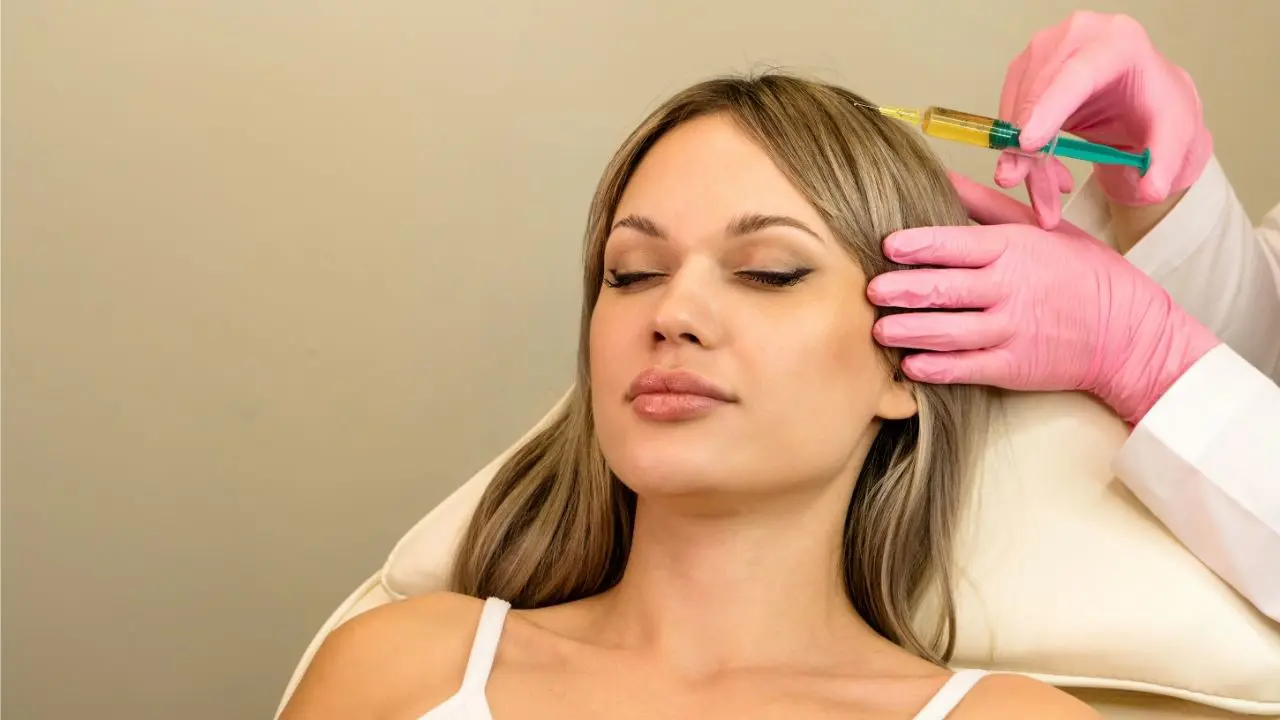
PRP (Platelet-Rich Plasma) Dermapen, also known as PRP Microneedling or PRP Therapy with Dermapen, is a cosmetic procedure that combines microneedling with the application of platelet-rich plasma to rejuvenate the skin and address various skin concerns.
Here's how the procedure works and what it entails
Platelet-Rich Plasma (PRP) Preparation: The procedure begins with the extraction of a small amount of blood from the patient, usually from the arm. The blood sample is then processed in a centrifuge machine to separate the platelet-rich plasma from other components of the blood.
Microneedling with Dermapen: Microneedling involves the use of a handheld device called a Dermapen, which contains multiple fine needles. The Dermapen is gently moved across the skin, creating controlled micro-injuries or tiny punctures in the skin's surface. This process stimulates the skin's natural healing response and promotes the production of collagen and elastin, two proteins that are essential for skin health and elasticity.
PRP Application: Once the microneedling portion of the procedure is complete, the platelet-rich plasma (PRP) is applied to the skin. PRP is rich in growth factors and other bioactive substances that promote tissue regeneration, cell renewal, and collagen production. The PRP is either applied directly to the skin or injected into specific areas of concern, depending on the patient's needs and treatment goals.
Absorption and Healing: The microchannels created by the microneedling process allow for better absorption of the PRP into the deeper layers of the skin. The growth factors and other components of the PRP help accelerate the skin's healing process, reduce inflammation, and improve overall skin texture and tone.
Results: PRP Dermapen treatments can help improve the appearance of fine lines and wrinkles, acne scars, enlarged pores, uneven skin tone, and texture. The procedure also promotes skin tightening and firming, resulting in a more youthful and radiant complexion.
Recovery and Maintenance: Patients may experience mild redness, swelling, and sensitivity in the treated area immediately following the procedure, but these side effects typically subside within a few days. Multiple treatment sessions may be recommended to achieve optimal results, with maintenance treatments performed periodically to sustain the improvements in skin quality.
PRP Dermapen treatments are generally safe and well-tolerated when performed by a trained and experienced medical professional. However, as with any cosmetic procedure, there are potential risks and considerations to discuss with your healthcare provider before undergoing treatment.
